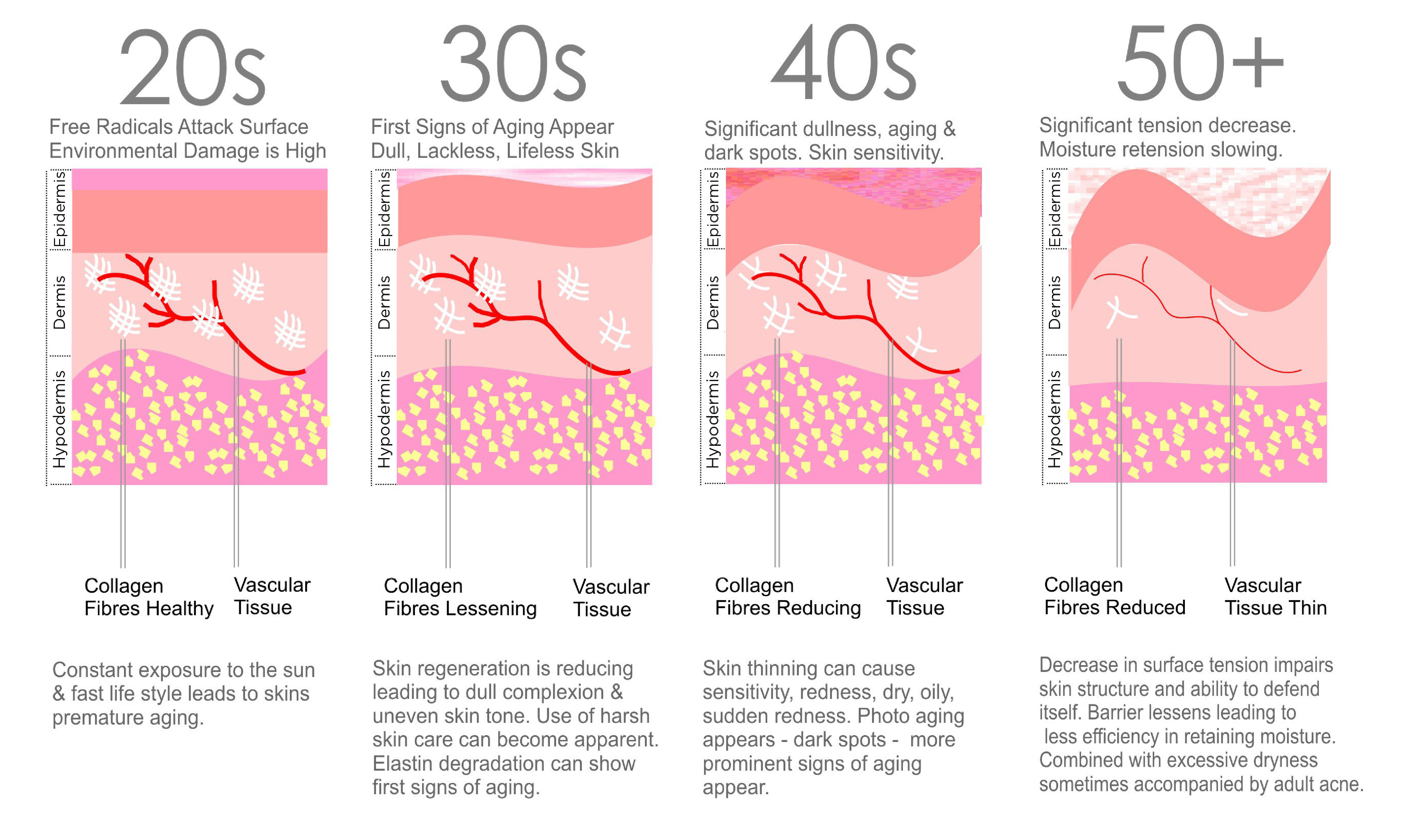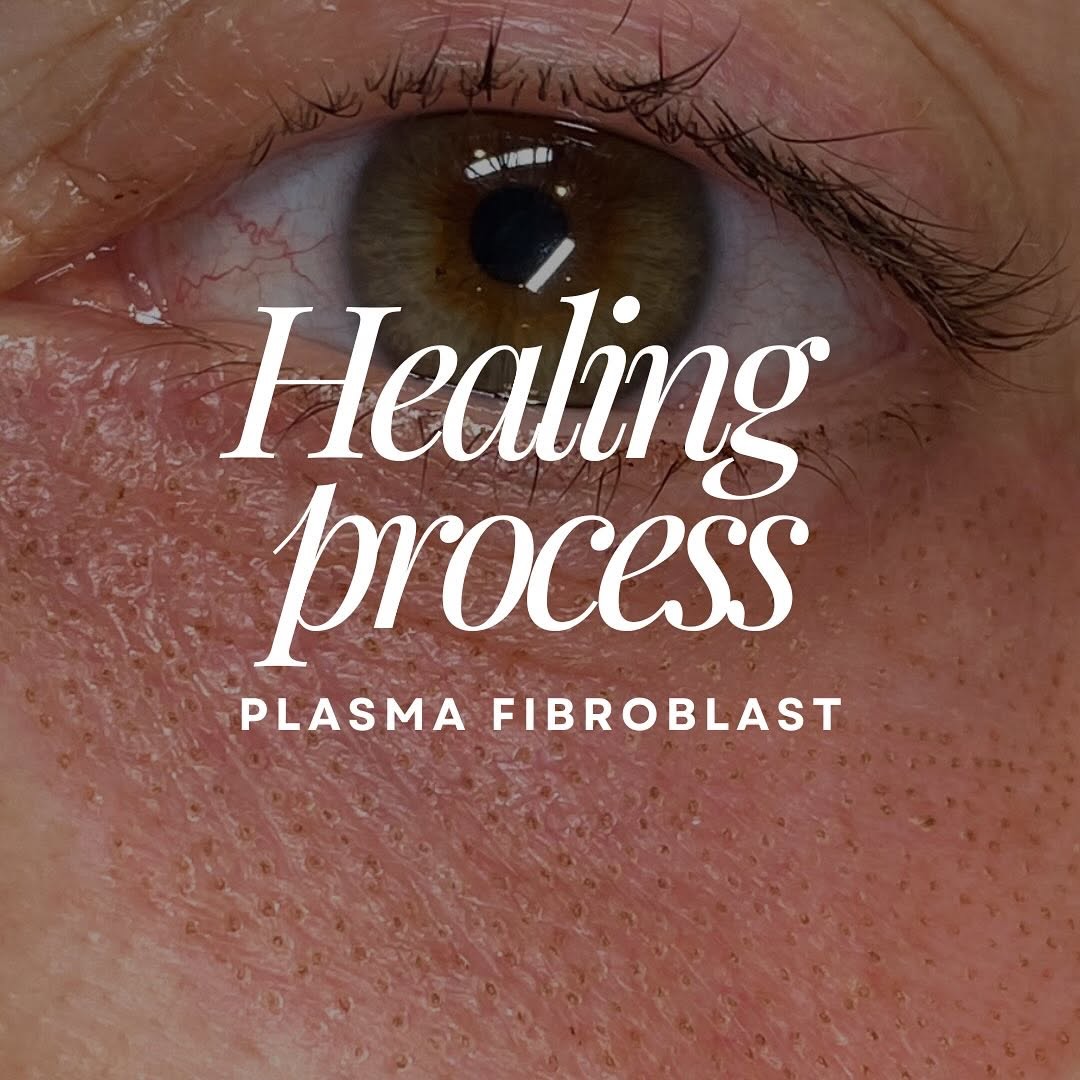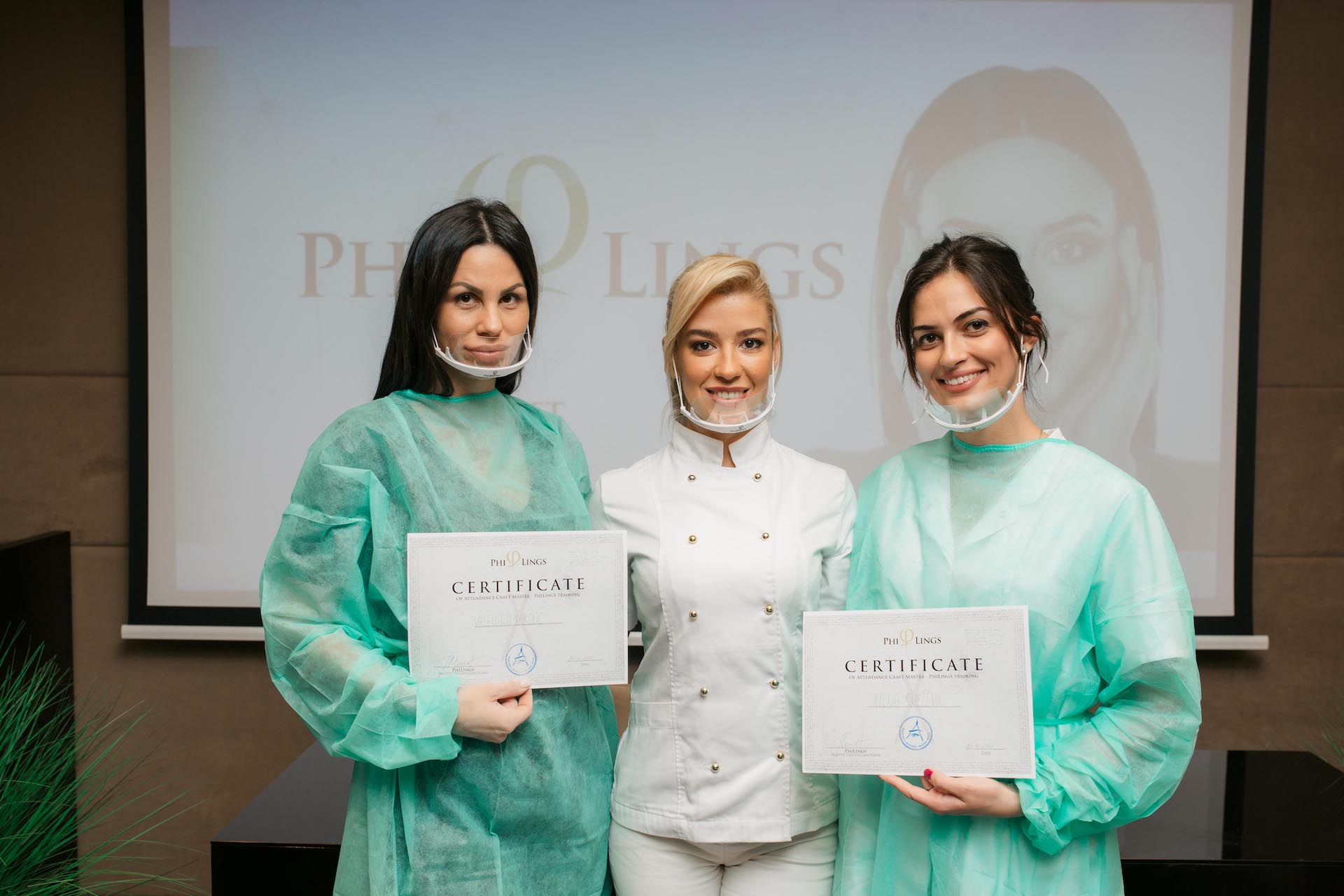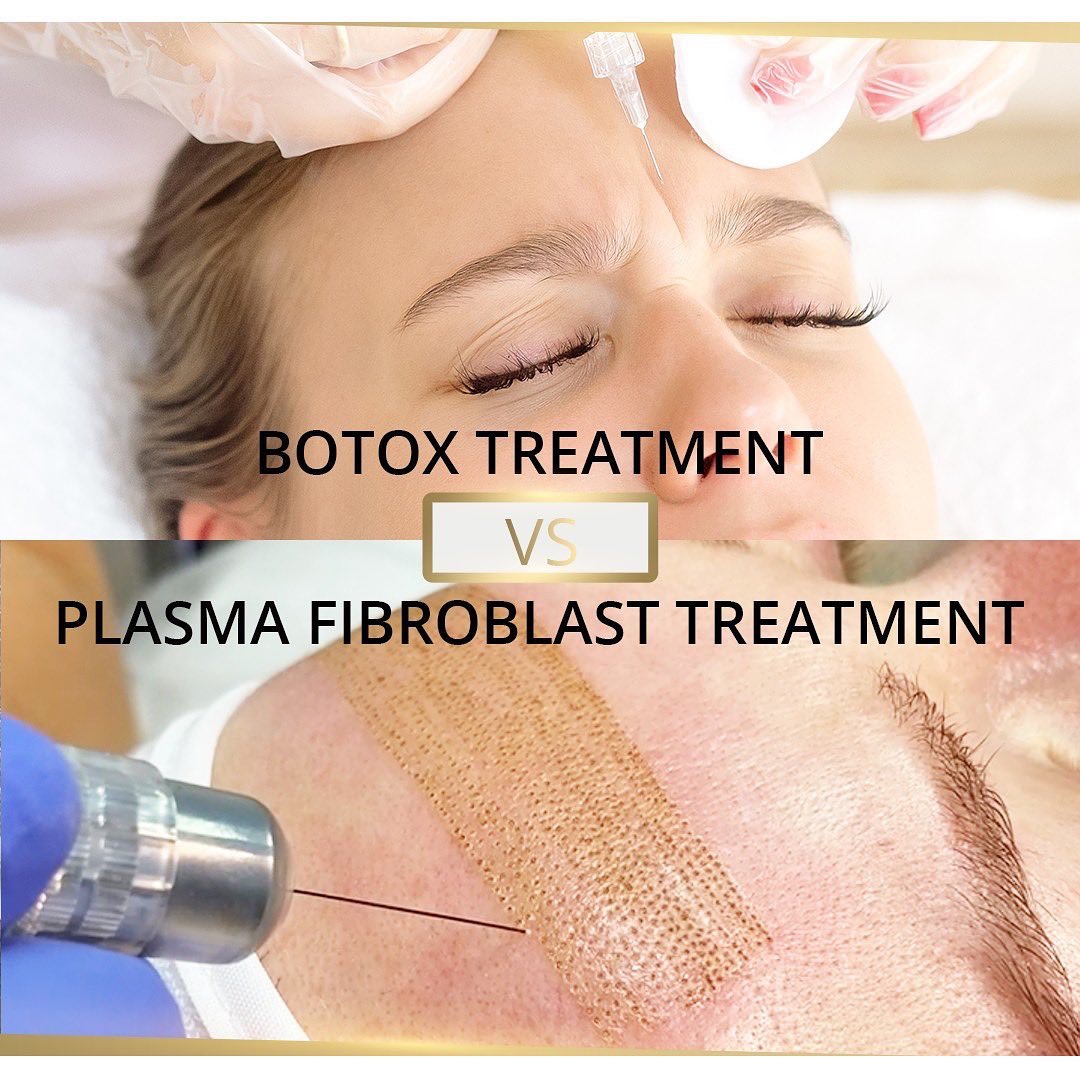What Are Fibroblast Cells?
Fibroblasts are specialized cells found in the dermis, the middle layer of the skin. Their primary role is to produce collagen, elastin, and glycosaminoglycans—key components of the extracellular matrix (ECM) responsible for maintaining skin firmness, structure, and elasticity.
Fibroblast cells are central to wound healing and skin regeneration. When stimulated appropriately, they are capable of rebuilding the matrix, enhancing tissue strength, and improving overall skin quality.
Fibroblasts and Skin Aging
As we age, fibroblast cells undergo senescence—a natural decline in their activity, number, and responsiveness. Several factors contribute to this degeneration:
- Chronological aging (natural aging process)
- Photoaging (UV exposure)
- Inflammation and oxidative stress
- Hormonal changes
The result is reduced collagen production, slower skin regeneration, thinning of the dermis, loss of elasticity, and the appearance of fine lines, wrinkles, and sagging skin.

How Esthetic Treatments Stimulate Fibroblasts
Modern esthetic treatments aim to reactivate fibroblasts, encouraging them to produce new collagen and elastin. Below are some of the most effective and evidence-based approaches:
1. Microneedling (Collagen Induction Therapy)
Microneedling involves the controlled creation of micro-injuries using fine needles that penetrate the epidermis and dermis. This mechanical stimulus:
- Activates wound-healing pathways
- Stimulates fibroblast proliferation
- Increases type I and III collagen production
- Improves skin texture, elasticity, and scarring
Scientific basis: The mild trauma initiates a cascade that includes platelet activation, growth factor release (such as TGF-β, PDGF), and fibroblast recruitment.
2. Plasma Fibroblast Therapy (Plasma Pen)
Plasma fibroblast therapy uses ionized gas (plasma) to sublimate superficial tissue and create controlled micro-injuries on the epidermis, leading to thermal stimulation of the dermis.
This procedure:
- Stimulates fibroblast activity via heat-induced signaling
- Triggers the production of new collagen and elastin fibers
- Promotes skin contraction and tightening
Key advantage: Unlike other ablative methods, plasma treatment precisely targets problem areas without deep tissue damage, making it ideal for skin tightening and non-surgical lifting.
3. Radiofrequency (RF) Therapy
RF therapy uses electromagnetic waves to heat the dermis non-invasively, stimulating fibroblasts without harming the epidermis.
It:
- Induces thermal stress that stimulates fibroblasts to regenerate ECM
- Improves skin laxity, wrinkles, and texture over multiple sessions
- Can be combined with microneedling (RF microneedling) for deeper effects
Scientific evidence shows that collagen remodeling occurs over 3–6 months post-treatment as fibroblasts continue producing new structural proteins.
4. Fractional Lasers (e.g., CO2, Er:YAG)
Ablative fractional lasers work by creating columns of thermal damage in the skin. This initiates a powerful wound healing response that leads to:
- Fibroblast activation and migration
- Significant collagen remodeling
- Reduction of deep wrinkles and acne scars
⚠️ Requires longer downtime, but results are often dramatic and long-lasting.
5. Mesotherapy and Growth Factors
Injecting active ingredients such as peptides, hyaluronic acid, and platelet-rich plasma (PRP) into the dermis can directly nourish fibroblasts and stimulate regeneration.
- PRP contains growth factors (EGF, FGF, VEGF) that stimulate fibroblast proliferation
- Peptides signal fibroblasts to increase collagen synthesis
💉 These treatments work best when combined with physical stimulation (like microneedling or RF).
Combining Treatments for Maximum Fibroblast Activation
To maximize fibroblast stimulation and collagen regeneration, combining therapies is often most effective. For example:
- Microneedling + PRP
- Plasma fibroblast + RF maintenance
- Laser resurfacing + topical peptides post-recovery
The goal is to create enough stimulus without over-injury, allowing the skin to regenerate optimally.
Professional Integrity and Patient-Centered Care
While fibroblast-targeted treatments are powerful tools in esthetics, it’s crucial to:
- Educate clients about realistic outcomes
- Avoid overtreatment and aggressive protocols
- Prioritize skin health over trends and sales
Fibroblast regeneration is a biological process, not a quick fix. It takes time, precision, and a responsible approach.

Fibroblasts Are the Architects of Youthful Skin
Understanding the biology of fibroblast cells is essential for anyone practicing advanced skin treatments. By selecting the right combination of non-invasive or minimally invasive treatments, professionals can:
- Safely stimulate fibroblast activity
- Restore skin’s structure and elasticity
- Provide long-term, natural-looking anti-aging results
Whether through microneedling, plasma fibroblast therapy, RF, or laser resurfacing, the goal remains the same: activate the body’s own regenerative powers.



























